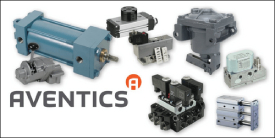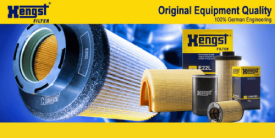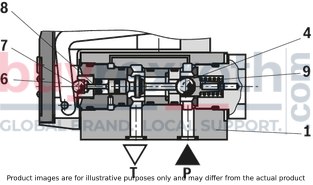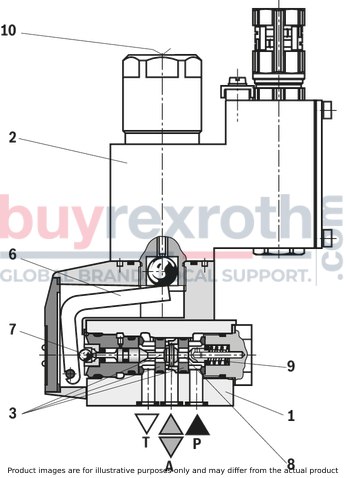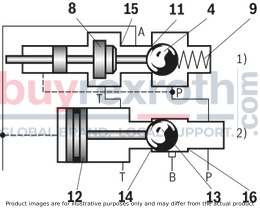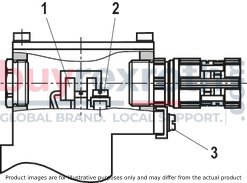***Disclaimer: The following summary contains information gathered from various sources such as product descriptions, technical specifications and catalogs. While efforts have been made to provide accurate details, inaccuracies may occur. It is advised to verify all information by contacting Bosch Rexroth directly.***
The Bosch Rexroth M-3SEW6C3X/420MG24N9XEZ2/B08V (R901028327) is a high-performance directional seat valve designed for precise control of start, stop, and direction of flow in hydraulic systems. This direct operated valve features solenoid actuation and is constructed with a robust housing, a durable solenoid, a hardened valve system, and a precision control spool. Its design ensures that the valve system is pressure-compensated for reliable operation even under varying load conditions.
The M-3SEW6C3X/420MG24N9XEZ2/B08V valve offers multiple configurations for its seat arrangement, providing flexibility to match specific application requirements. It comes with manual override functionality that facilitates manual switching in the absence of solenoid energization. Users should be aware of the negative spool overlap characteristic of this model; during switching processes, ports P, A, and T are momentarily connected.
For applications requiring flow limitation, throttle inserts can be utilized to prevent exceeding the maximum flow specifications. Additionally, check valve inserts are available for scenarios where free flow from port P to A is necessary while blocking reverse flow from A to P.
This Bosch Rexroth directional seat valve is suitable for use in potentially explosive atmospheres and adheres to ISO porting patterns. It offers safe switching capabilities even after extended periods under pressure. The solenoid coil can be rotated by 90 degrees to accommodate various mounting orientations. Electrical connections are made via an individual connection with cable gland. An optional concealed manual override feature adds an extra layer of operational flexibility.
The M-3SEW6C3X/420MG24N9XEZ2/B08V provides reliable performance in hydraulic systems requiring precise control over fluid direction and flow rates. With its robust construction and versatile design options, it meets the needs of demanding industrial applications while ensuring safety in sensitive environments.
$3,839.00 USD
More are expected on May 14, 2026
Note: Sales tax, shipping, and applicable tariffs will be calculated at checkout.Status: This product is temporarily out of stock.
Qty: Delivered as early as May 14, 2026 when ordered in

